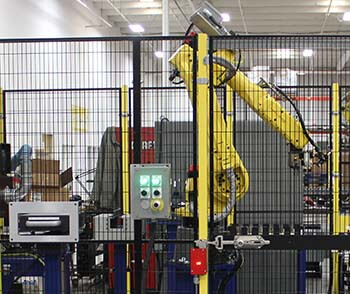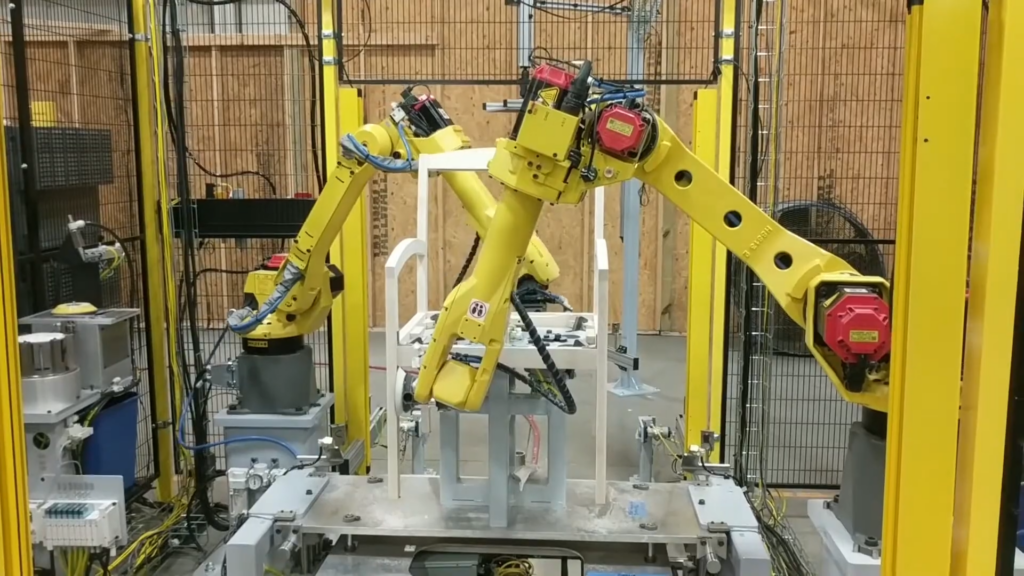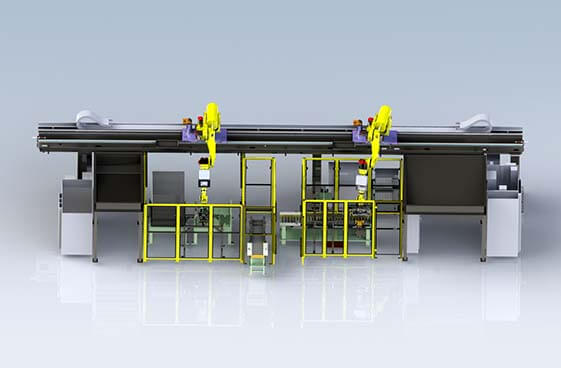Robots Adapt To Material Handling Challenges
Material handling challenges, spanning a broad and diverserange of industries, are being efficiently and effectively met with robots. Robotic technology offers ways to improve productivity, quality, flexibility, and consistency while decreasing scrap and addressing workplace safety and ergonomic issues.
The ability of robotics to address diverse material handling challenges can be attributed to advancements in vision, software and gripper technology. The newest generation of robots are able to handle extreme parts, from very large and heavy to small and delicate.
The automotive industry requires heavy part material handling, and is the preeminent user of industrial robotics. While the automotive industry continues to take the lead in heavy-lifting robotics, other industries are opening up to heavy-lifting robotics due to new capabilities. Other extreme material handling challenges can now be met with newer robotics. Newer technologies are allowing for expanded capabilities including:
- Smaller footprint robots handle heavy-lifting operations within less space
- Dual arm robots are combining multiple processes within a single work cell
- Delta robots handle delicate parts without damage while meeting throughput requirements
- Robots can consistently move parts as hot as 2,300° F parts with no labor safety issues
Faster speeds, expanded tooling, and software improvements have led to substantial improvement in material handling robotics. As a result, robotic use across a broad range of industries continues to grow.
Interested in learning more about how robotic automation could benefit your bottom line?
Contact Remtec to request a quote, or call us to discuss your project.



